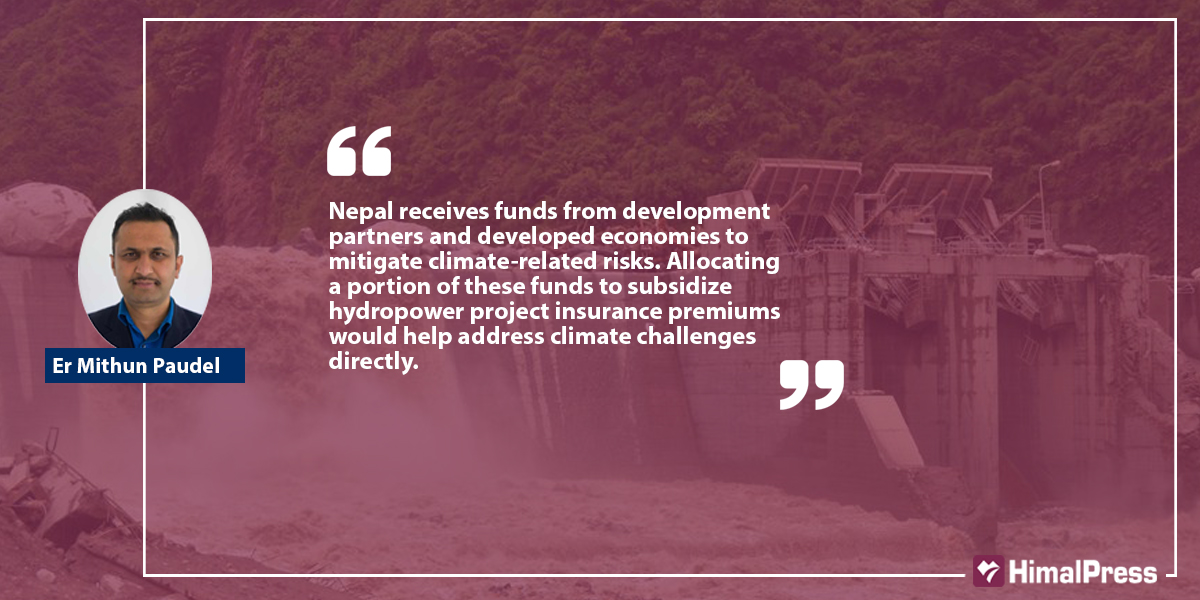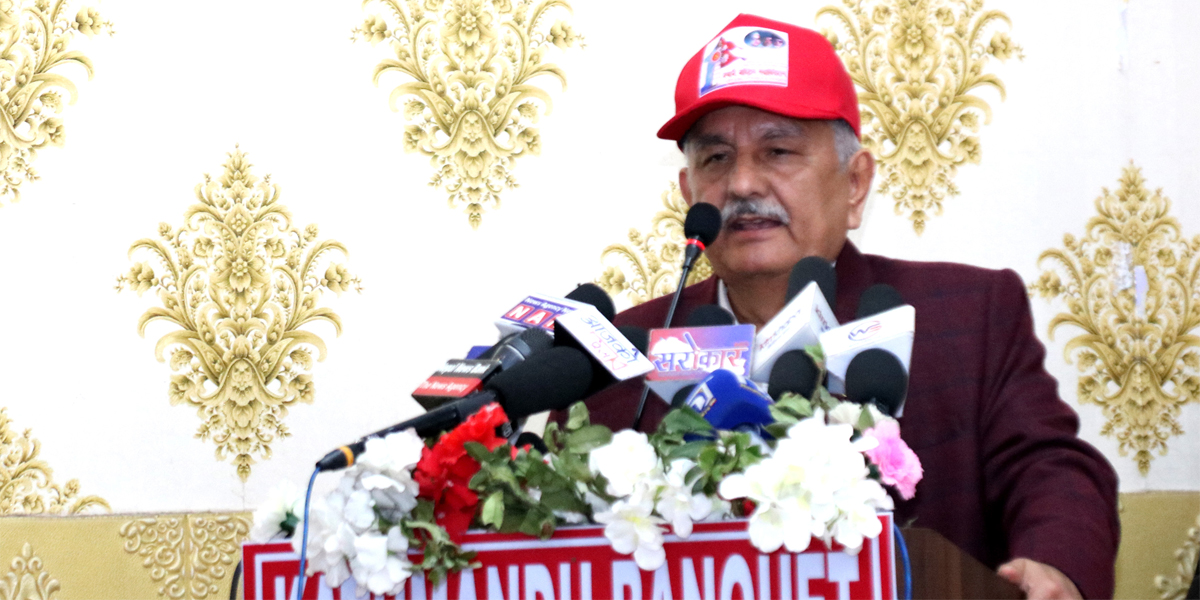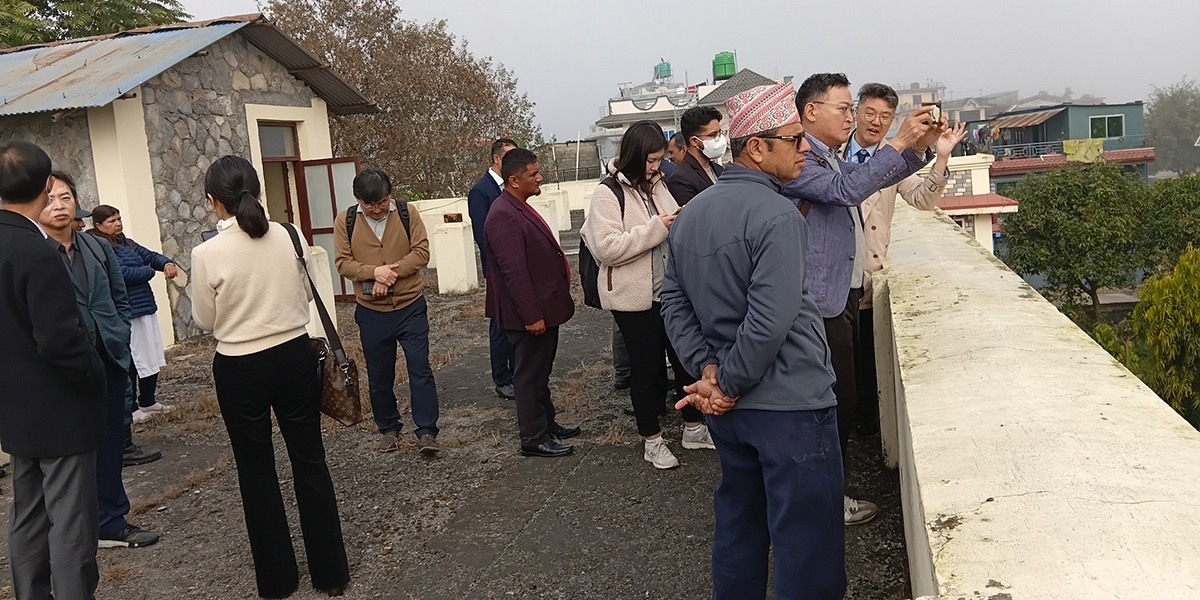
In the face of mounting losses incurred by hydropower companies due to natural disasters like floods and landslides, the question of who should bear these substantial financial burdens remains a subject of debate. Hydropower projects situated in the mountainous and hilly regions are particularly susceptible to the ravages of such calamities, leading to extensive damages. Compounding the issue, insurance companies often offer inadequate compensation for damages caused by these natural disasters, leaving hydropower projects with insufficient funds to initiate necessary reconstruction efforts. Consequently, many hydropower companies are forced to secure substantial loans to fund these costly reconstruction endeavors.
Hydropower project development involves two stages: construction and generation. During the construction phase, projects are required to secure policies such as Contactor All Risk (CAR), Erection All Risk (EAR), and shipping insurance. Banks mandate these policies due to the inherent risks associated with civil and mechanical installations. Additionally, policies like Construction Plant and Machinery (CPM) provide coverage for construction materials, machinery breakdowns during installation, and marine insurance for imported goods. Property insurance and coverage for Loss of Profit (LOP) during project operations also form part of the insurance landscape.
In Nepal, the majority of hydropower projects are located in mountainous regions, leaving the structures vulnerable to severe damage caused by floods, landslides and other disasters. Since only the physical property is insured, the damages resulting from these calamities frequently surpass the compensation received from property insurance claims.
For example, a hydropower project insured for Rs 10 million may only receive a claim of approximately Rs 5 million from the insurer in the event of damage by floods or other natural calamities. However, this sum falls far short of the funds required to fully rebuild the damaged structure, necessitating additional financial injections to complete the project. Raising the requisite funds for reconstruction poses a challenge, as Nepali developers lack the capacity to cover the costs. To address this, creating a dedicated fund to subsidize insurance premiums for hydropower companies is a prudent solution.
Expert assessment of project risks prior to policy issuance is paramount. By evaluating potential risks in advance and maintaining comprehensive project data, insurers can expedite the claims process in the event of a disaster. It is also essential for insurance policies to encompass not just the physical structures but also the surrounding landscape. This broader coverage would safeguard companies against losses arising from landscape damages. While the premium for such comprehensive coverage might be high, it provides a necessary safety net.
Presently, insurance premiums for a 10-megawatt hydropower project can range from Rs 30 to 40 million. Given the substantial burden this places on hydropower projects, it becomes imperative for the government to intervene. Given that many disasters in mountainous regions stem from climate change and global warming, attributed largely to carbon emissions from major economies like China, India, the US, and Germany, these nations should be held accountable for their environmental impact. Nepal receives funds from development partners and these economies to mitigate climate-related risks. Allocating a portion of these funds to subsidize hydropower project insurance premiums would help address climate challenges directly. For instance, if an insurance premium costs Rs 20 million, the funds could contribute Rs 12 million, with the companies responsible for the remaining Rs 8 million.
Directly subsidizing sectors vulnerable to climate change impacts offers a promising avenue for risk mitigation. If concerns about fund misuse arise, the government could opt to make payments directly to insurance companies, ensuring the allocated resources are used for their intended purpose.
















Very good
Realistic analysis on Hydropower projects!